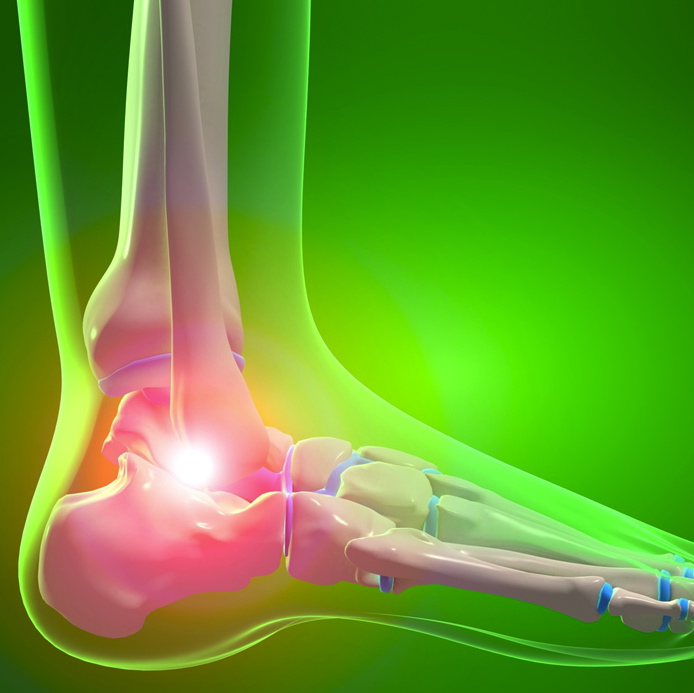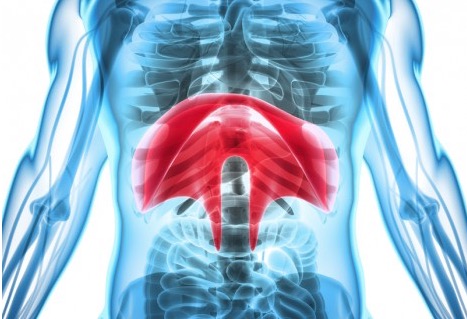
How to Finally Get Rid of Heel Pain
Heel pain, which is commonly diagnosed as plantar fasciitis, is the most common painful condition of the foot. Most patients and doctors focus on treating the pain and do not treat the underlying cause. The most effective treatment for both short-term and long-term relief of heel pain needs to address the abnormal neurological and mechanical factors that drive this problem.
Too Much Pronation Leads to Heel Pain
Pronation of the foot is a normal biomechanical mechanism for shock absorption. It involves a mild lowering of the arch during walking and running. If lowering of the arch becomes excessive (overpronation), a strong band of connective tissue on the bottom of the foot called the plantar fascia becomes overstretched. The excessive tension can create pain and inflammation, a condition called plantar fasciitis.
Conventional medical treatment of heel pain has always been to treat the symptoms. Anti-inflammatory drugs, cortisone injections, and shock wave therapy may reduce pain and inflammation, but they do not correct overpronation. Fasciotomy, a surgical procedure that involves cutting the plantar fascia, is not recommended as studies have shown it causes further flattening of the arch and the risk for future foot problems(1,2).
Heel pain is best treated by preventing overpronation from occurring. The use of shoe inserts, orthotics and motion control shoes are traditionally used for arch support to control pronation and can be effective in relieving heel pain. Although arch supports can artificially control pronation and may be necessary in some cases, they essentially act as a “crutch” for the foot to control the problem, not fix the problem. Logically, this approach makes sense, but patients and even most physicians are not aware there are neurological and mechanical problems that can cause overpronation to occur.
Neurological and Mechanical Problems Lead to Overpronation
The cascade of events that ultimately lead to heel pain and other foot problems usually starts with a previous injury. Studies have shown that joint swelling, instability (unstable ankles prone to recurrent sprains) or ligament injury occurring after a sprained ankle will cause the brain to “inhibit” certain muscles in the lower leg that support the arch and control pronation(3-7). Inhibition is a natural response designed to “turn off” certain muscles in order to protect the injured area from further damage. This is a good short term strategy until the injury heals, but if the muscles do not turn back “on” after healing is complete it can lead to overpronation, heel pain and other foot problems in the future.
There are other mechanical problems that can lead to overpronation including poor posture, loss of joint flexibility, or foot weakness.
Our Approach That Effectively Eliminates Heel Pain
We take a very unique and different approach to treating heel pain. We first examine you for poor posture that might be creating more heel stress on one foot. We also check the joints of your leg and foot to determine if there are any joint restrictions or flexibility issues. Finally we test your muscles for weakness to determine which muscles are “turned off.” Once your exact neurological and mechanical problems are identified, the goal of treatment is to restore healthy posture, turn the weak muscles back “on” to restore strength and restore normal joint alignment and flexibility. The treatments that correct these problems include adjustments, muscle activation, massage therapy and corrective exercises to improve strength and muscle coordination of your leg and foot. This approach has provided phenomenal results for many patients and has virtually eliminated the need for drugs, injections or surgery.
We help people with heel pain every day. If you or someone you know is suffering from heel pain and is looking for a drug-free, non-surgical treatment option, contact our office to see if we can help.
Sources:
- https://www.ncbi.nlm.nih.gov/pubmed/9013109
- https://www.ncbi.nlm.nih.gov/pubmed/9542985
- https://www.ncbi.nlm.nih.gov/pubmed/16487466
- McVey, ED, etal. Arthrogenic muscle inhibition in the leg muscles of subjects exhibiting functional ankle instability. Foot Ankle Int. 2005 Dec;26(12):1055-61.
- Palmieri-Smith RM, et al. Peroneal activation deficits in persons with functional ankle instability. Am J Sports Med. 2009 May;37(5):982-8.
- Palmieri, R et al. Arthrogenic muscle response to a simulated ankle joint effusion. Br J Sports Med 2004;38:26–30.
- Klykken LW, et al. Motor-neuron pool excitability of the lower leg muscles after acute lateral ankle sprain. J Athl Train. 2011 May-Jun;46(3):263-9.

